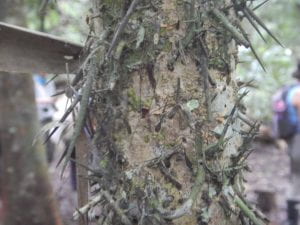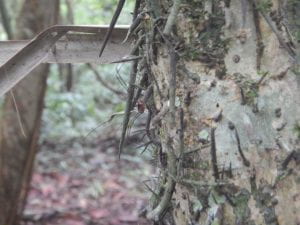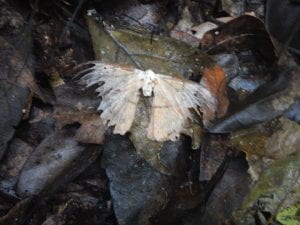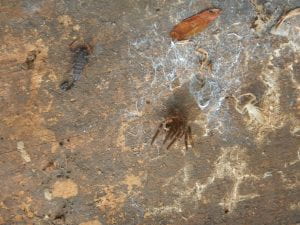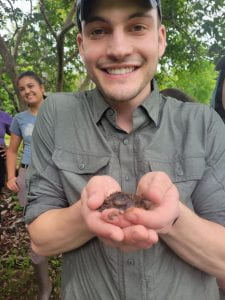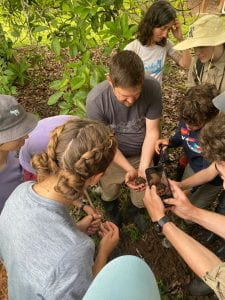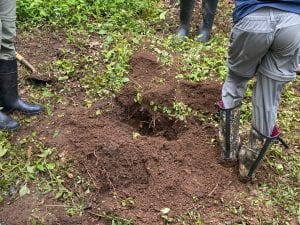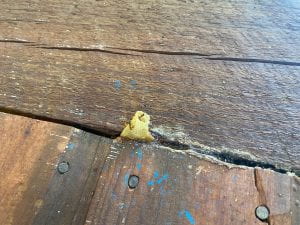



 Hi! Today is day 4/5 in the rainforest! And it was definitely a hot one! Today we got a special tour of the Las Cuevas Cave. We were shown the main chamber and you could see stairs winding down to a cenote built by the Maya. We were told the cave represented the border between the living and dead and was an entrance into the underworld. The cave was probably used for religious rituals the maya did. We were able to see remnants of charcoal and pottery from those rituals.
Hi! Today is day 4/5 in the rainforest! And it was definitely a hot one! Today we got a special tour of the Las Cuevas Cave. We were shown the main chamber and you could see stairs winding down to a cenote built by the Maya. We were told the cave represented the border between the living and dead and was an entrance into the underworld. The cave was probably used for religious rituals the maya did. We were able to see remnants of charcoal and pottery from those rituals.
In the afternoon we collected our pitfall traps and analyzed the amount of species and what species fell into which vials. We found that the difference in the tree in the pee vs water vial was greater than the difference in the ground vials. This signified greater nitrogen limitation further from the ground.
We then hiked to the bird tower for sunset where we got a great view of the rainforest as the sun was setting. Along our treks we saw a few beetle species including a long horned beetle!

